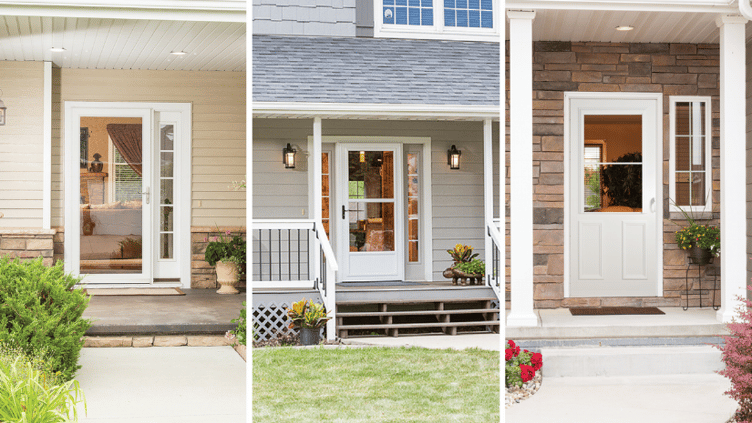Glass Storm Doors That Do Get Condensation

This is a common problem and unless it is excessive quite normal.
Glass storm doors that do get condensation. Part of the appeal of sliding doors is the view to the outdoors they provide. Condensation is a natural occurrence but condensation on tempered glass can be prevented. Condensation on the inside of the storms is caused by warm moist air leaking from the inside of the home around the interior primary windows into the space between the primary window and storm. Storm doors or windows do not cause condensation.
Then what is the cause. Then what is the cause. The cooler the air the less moisture it can hold so the cooled air next the surface of the glass causes the moisture to come out of the air and condense. Once the moist air is there the moisture condenses on the storms the coldest surface.
Storm door help center. Storm doors or windows do not cause condensation. Troublesome condensation within the door glass often fogs that view particularly on days when humidity is high. Glass is usually the place you first notice condensation because glass surfaces have the lowest temperature of any of the interior surfaces in the house.
The moisture in the air causes condensation. Fortunately fogging and moisture trapped in glass sliding doors can be fixed. Glass is usually the place you first notice condensation because glass surfaces have the lowest temperature of any of the interior surfaces in the house. Condensation in the home occurs when there is high humidity in the home.
As inside air warms it retains more moisture creating humidity. In indiana and the surrounding region this type of condensation is more common in the spring and fall because nights are cooler causing the surfaces to cool down. The moisture in the air causes condensation. The moisture in the air collects on the coolest surfaces typically on windows mirrors or tempered glass.

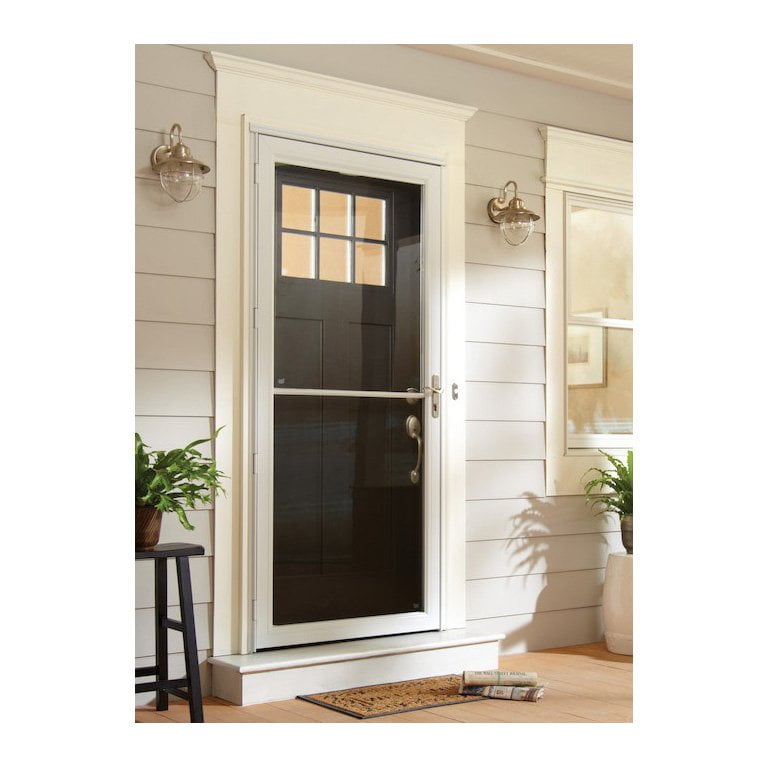

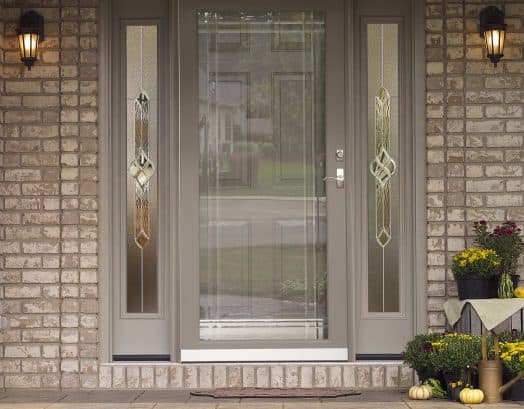
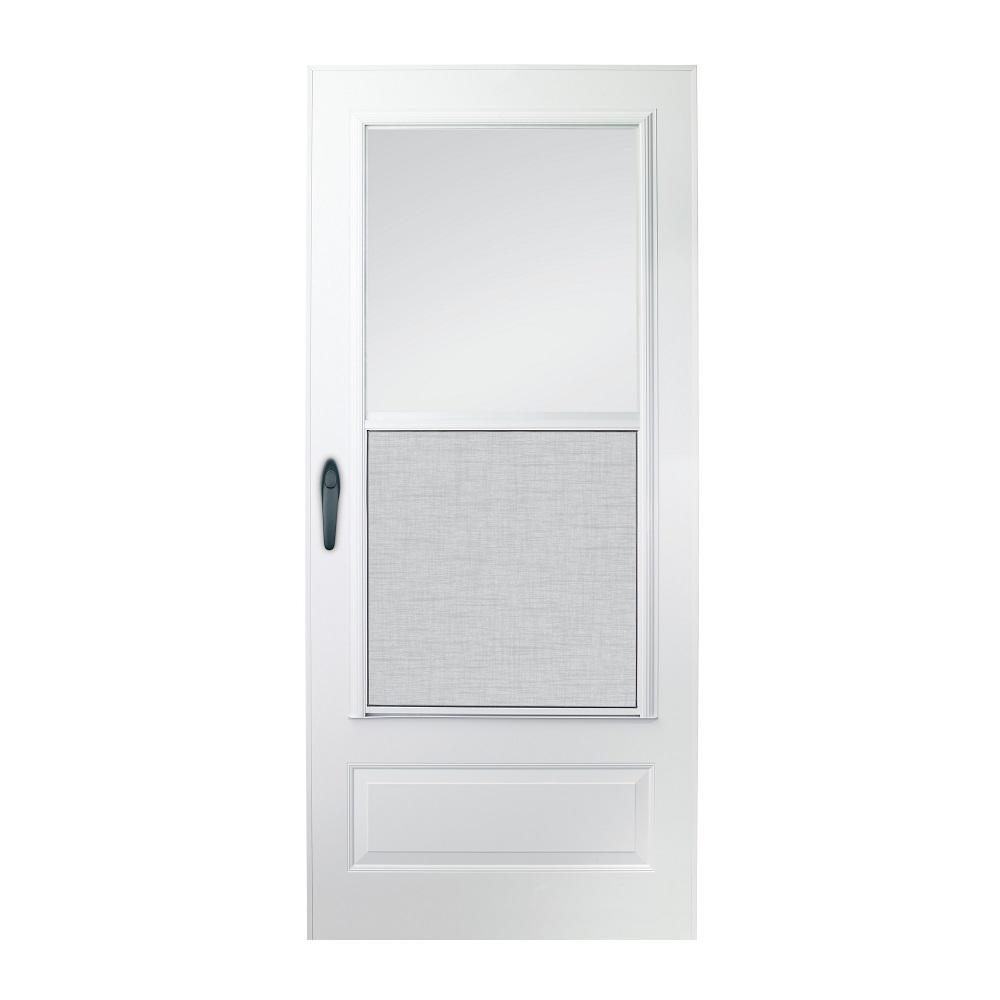


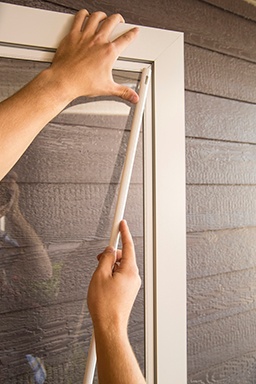

/cdn.vox-cdn.com/uploads/chorus_image/image/66554839/storm_door_tom.0.jpg)



























